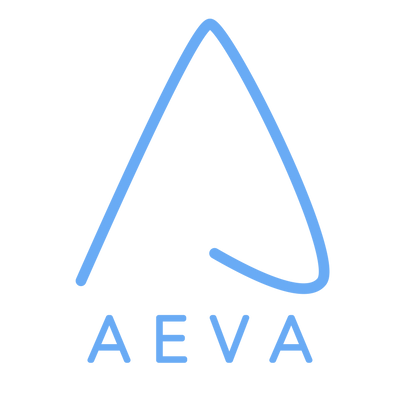Senior Product Engineer, Aeva
III-V Devices
Salary not provided
+ Equity
Python
R
Senior level
San Francisco Bay Area
Office located in Mountain View, CA
Sensory perception technology for all devices
Job no longer available
Sensory perception technology for all devices
201-500 employees
B2BArtificial IntelligenceEnterpriseAutomation
Job no longer available
Salary not provided
+ Equity
Python
R
Senior level
San Francisco Bay Area
Office located in Mountain View, CA
201-500 employees
B2BArtificial IntelligenceEnterpriseAutomation
Company mission
To bring the next wave of perception to a broad range of applications from automated driving to industrial robotics, consumer electronics, consumer health, security, and beyond.

